What Are The Notes In Fragrances?
What Exactly Are Perfume Fragrance Notes, Despite the Greatness of Perfume?
What are notes in fragrances prior to defining the olfactory families?
To begin with, it’s essential to grasp the aromatic makeup of scents. Every fragrance comprises 5-10 elements, occasionally even more, that blend together to form a harmonious accord. A perfume’s dominant aroma or concept is determined by its core composition or combination, which is categorized within its unique fragrance family.

Perfumery is divided into 6 distinct olfactory families:
- citrus
- floral
- oriental
- chypre
- woody
- aromatic
- fougère
Let’s analyze these fragrant families:
CITRUS

The citrus fragrance is defined as having a predominant accord of citrus fruits. The following are some of the most commonly used citrus fruits from the citrus family in perfumery:
- Bergamot, the “fine flower” of citrus, is another way to describe it.
- Communelle may contain green citrus fruits and citrus fruits that are more or less ripe and infused with jasmine.
- Sweet Orange, the taste is identical to that of orange juice.
- Orange Bigarade, although the skin of citrus is highly fragrant, it is also extremely bitter.
- Mandarin, the fragrance embodies a day filled with sunshine, greenery, and bitterness.
- Clementine has a fragrance that is juicier, similar to that of mandarin and seedless.
- Yuzu, the tiny Japanese lemon, boasts a complex aroma, yet its exquisite taste comes at a steep price. Small Japanese lemon has a complex scent,
- Lime is a dainty lime with subtle and artistic enhancements to the aromas of citrus varieties.
- Lemon, it is a somewhat acidic and refreshing tone.
- Citron, a fruit resembling lemon or citrus, has high acidity levels.
- Verbena’s aroma is gentle, airy, and infused with notes of lemon.
- Grapefruit is occasionally linked to vetiver or black currant and is a hybrid of a pomelo and sweet orange.
What are examples of Citrus Eau de Parfum:
- Perfume inspired by CK ONE by Calvin Klein is a CITRUS AROMATIC fragrance for women and men.
- Perfume inspired by CRUISE COLLECTION – ESCALE A PORTOFINO by Dior is a CITRUS AROMATIC fragrance for women.
- Perfume inspired by DKNY MEN by Donna Karan is a CITRUS AROMATIC fragrance for men.
- Perfume inspired by LIGHT BLUE POUR HOMME by Dolce&Gabbana is a CITRUS AROMATIC fragrance for men.
- Rain Forest Room & Linen Spritz is a SWEET CITRUS, FLOWERS, DAMP AIR & WOODY fragrance.
- Lemon Grass Room & Linen Spritz is a ZESTY GRASSY CITRUS fragrance.
FLORAL
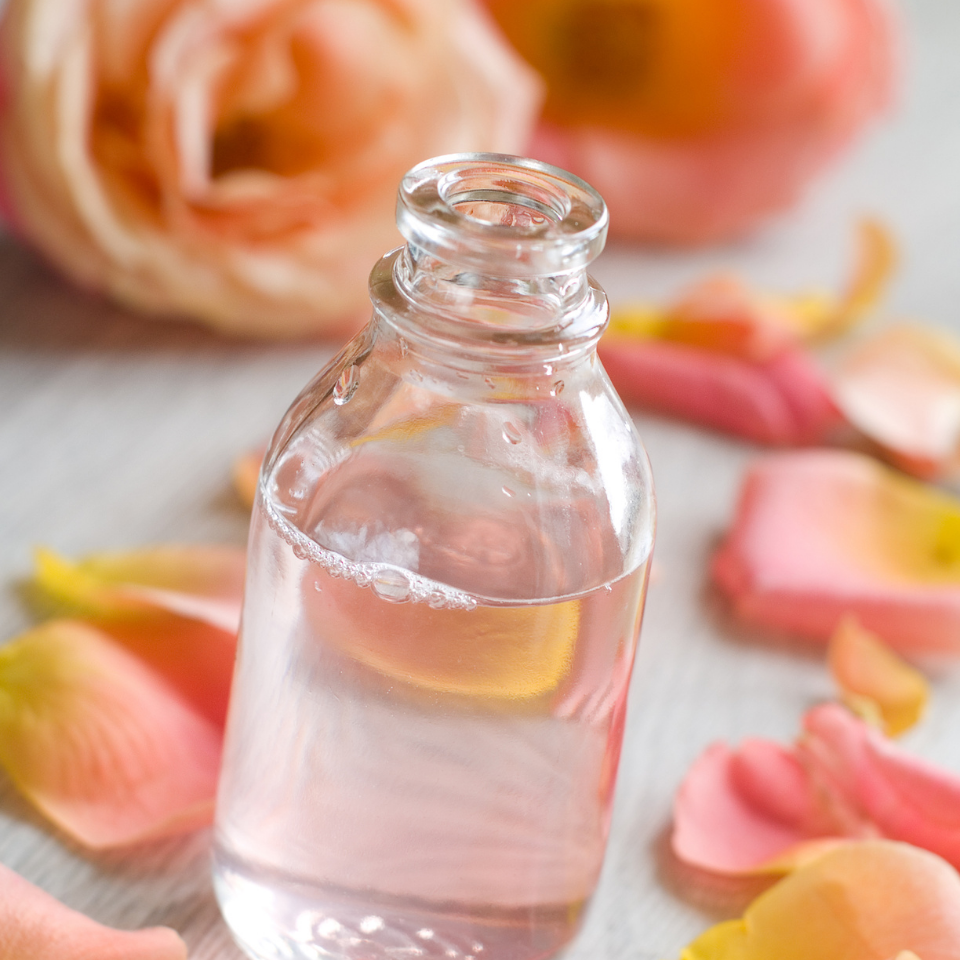
The most extensive and abundant fragrance note family in existence today is the floral family. Additionally, floral scents are renowned and celebrated globally.
Floral bouquets are commonly referred to as heart notes and encompass a variety of flowers in fragrance compositions. Some examples of flowers found in floral scents include:
Spring Flowers
- Narcissus, is used in prestigious perfumes, as in some floral or chypre aromas. It has a green scent that is very earthy & animal-like.
- Daffodil, has a unique signature; it is very fresh, an instant reminder of spring.
Rose Flowers
- Rose, can be a fresh or somewhat oriental fragrance. It has a lemony fresh note with nuances of powder, wood notes,, or fruit, feminine and intensely romantic.
- Rose Geranium, has an aromatic green side. With hints of mint and a strong smell of roses.
- Peony, is a beautifully soft twist of jasmine, rose and gillyflower.
Spicy Flowers
- Carnation, has a spicy floral scent, subtle balmy, bright, and vivid.
- Wallflower, has a musky and very spicy scent with a touch of vanilla.
- Immortal, the fragrance is spicy and sweet, with a side of tobacco, honey, and curry.
White Flowers
- Jasmine, There are two varieties of jasmine used in perfumery, Jasmine Grandiflorum, which has a fruity scent, and Sambac Jasmine has a warm, orangey scent.
- Tuberose, this the most fragrant plant in the world; it is exotic and narcotic. This flower is costly.
- Ylang-ylang, is displayed as a very exotic & wild scent, the “flower of flowers.”
- Frangipani flower is a sacred and delicate flower found in floral perfumes.
- Tiare flower, has a richly sweet, creamy fragrance emanating from a tropical shrub.
- Gardenia, is a small shrub with very fragrant white flowers, capable of changing scents throughout the day and at night-time,, a spicy, zesty scent with green undertones.
- Lily, is robust, spicy floral, sweet, and waxy and used in floral fragrances.
- Magnolia, has a “citrus” side. Its lemony freshness has a potent green note and hints of vanilla.
- Orange Blossom, is almost a fragrance in itself; it can be a heady floral-animals, fresh, baby-like soap.
Powdery Flowers
- Iris, is an earthy, woody, powdery, and violet flower. These flowers often complement floral and oriental accords.
- Mimosa, has a hint of violet, powdery & almond scent, with a pronounced green side.
- Cassie, is a honey, iris, powdery, and balsamic solid scent with a hint of cinnamon, berry, and aniseed.
- Violet, is soft, fresh, ozonic, powdery and feminine.
- Heliotrope, is a floral scent that smells almond, vanilla-like, and close to lilac.
What are examples of Floral Eau de Parfum:
- Inspired by LADY MILLION EMPIRE by Paco Rabanne is a CHYPRE FLORAL fragrance for women.
- Inspired by WILD BLUEBELLE by Jo Malone, London is a FLORAL GREEN fragrance for women.
- Inspired by GIRL OF NOW by Elie Saab is an AMBER FLORAL fragrance for women.
- Inspired by OMNIA CRYSTALLINE by Bvlgari is a FLORAL WOODY MUSK fragrance for women.
- Soft Floral Room & Linen Spritz smells SOFT, POWDERY, and SWEET with a hint of creamy.
- Wild Orchid Room & Linen Spritz is an EXOTIC, SINGLE, FLOWER fragrance.
AMBER OR ORIENTAL
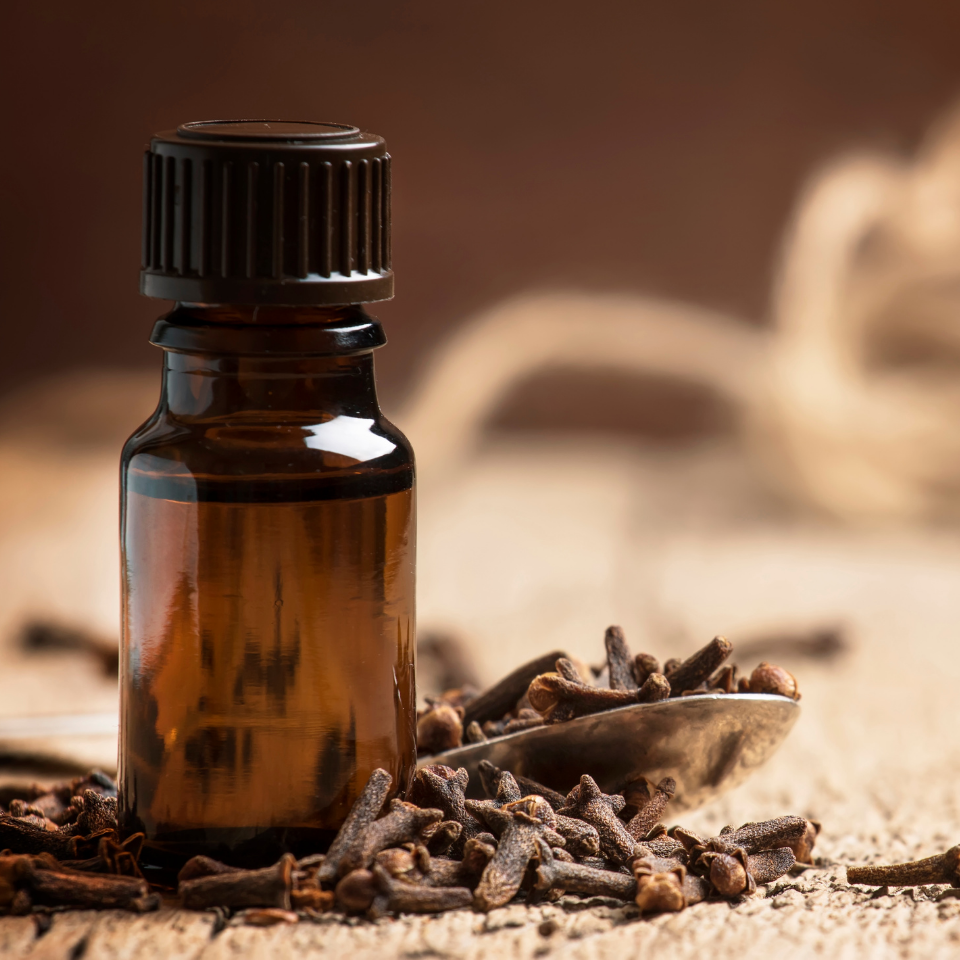
The amber family, also known as the oriental family, encompasses the oriental accord and its corresponding notes. These notes are used to produce expensive oriental fragrances for both genders, known for their warm, sweet, and opulent scent profiles.
This scent category incorporated traditional tonka bean, vanilla, vanillin, coumarin, labdanum, patchouli notes, and resins like benzoin, frankincense, or opopanax. It is known as Oriental Fragrances.
- Vanilla, is sweet, cozy and comforting and can have milky, honey, amber, woody, or spicy notes. It can sometimes even have rum notes.
- Tonka Bean, the scent varies from green grassy to sweet tobacco almond to woody, balmy, vanilla, pistachio, hay or honey notes.
- Incense, is a smoky scent potent, dark and aromatic base note.
- Styrax, is a powerful scent with balsamic and floral vanilla notes and woody nuances.
- Benzoin, it is rich and syrupy, warm balsamic and reminiscent of vanilla. Notes include very sweet vanilla, almond, roasted coffee, honey & floral carnation notes.
- Myrrh, it has a warm balsamic, sweet aromatic spicy, licorice and almost fruity scent. It is the most exquisite and precious note in perfume.
- Opoponax has a very intense sweet balsamic, warm spicy scent and soft, velvety, earthy and leathery.
What are examples of Oriental Eau de Parfum:
- Inspired by OUD WOOD by Tom Ford is an ORIENTAL WOODY fragrance for women and men.
- Inspired by SULTAN by Hamil Al Musk is an ORIENTAL ARABIAN MUSK fragrance for men & women.
- Inspired by INTENSE OUD by Gucci is an ORIENTAL fragrance for women and men.
- Inspired by VANILLE FATALE by Tom Ford is an ORIENTAL VANILLA fragrance for women and men.
- Inspired by VERY IRRESISTIBLE FOR MEN by Givenchy is an ORIENTAL WOODY fragrance for men.
- Inspired by ARMANI CODE ABSOLU by Giorgio Armani is an ORIENTAL SPICY fragrance for men.
CHYPRE
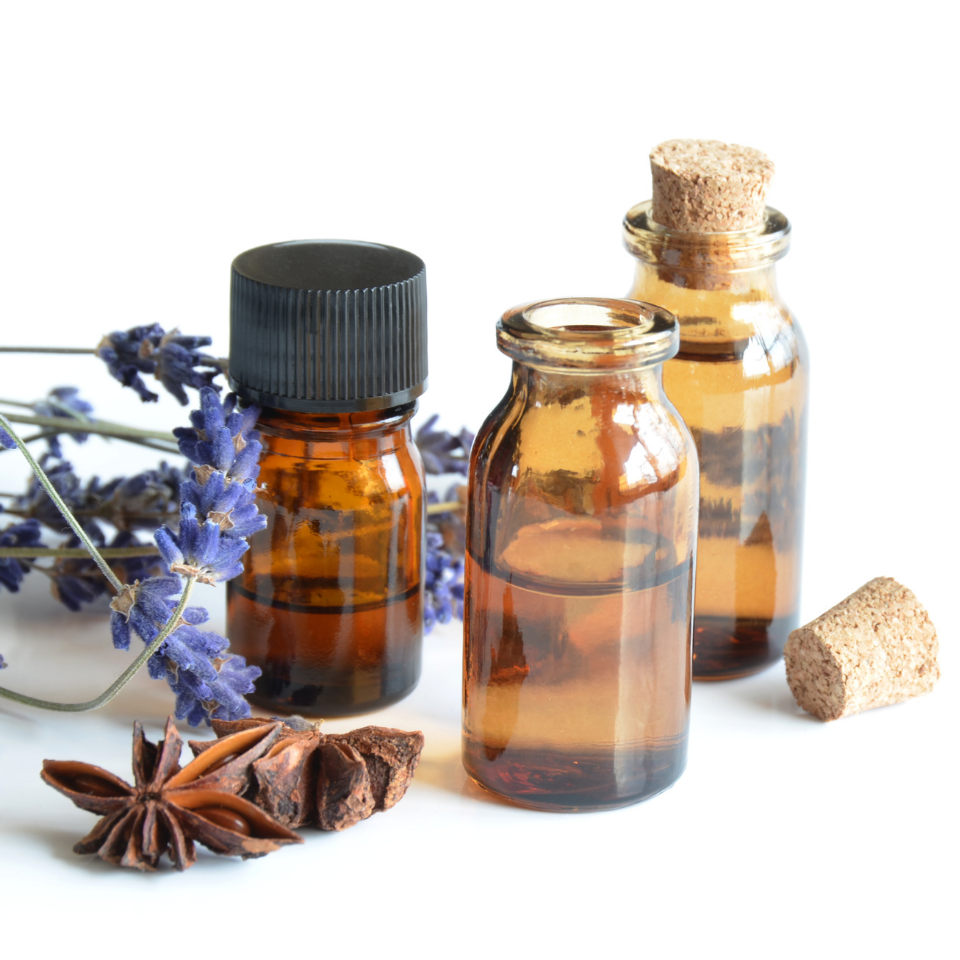
This note is composed of a combination of bergamot, jasmine, rose, patchouli, tree moss, labdanum, subtle animalic undertones, woody and autumnal scents, and traditional essence.
This fragrance note is certified as both feminine and masculine.
- Bergamot, is citrusy, bitter, and elegant, with a mild spicy note, complex with the refinement of fruit and aromatic components.
- Jasmine, is a sweet, white floral scent also used in floral fragrances.
- Tree Moss, is mossy, woody, earthy, and wet, with a hint of animalic.
- Labdanum, is a deep, powerful, leathery and ambery scent.
What are examples of Chypre Eau de Parfum:
- Inspired by BODY, BURBERRY is a CHYPRE FRUITY fragrance for women.
- Inspired by IDôLE by Lancome is a CHYPRE FLORAL fragrance for women.
- Inspired by DEEP EUPHORIA by Calvin Klein is a CHYPRE FLORAL fragrance for women.
- Inspired by SCANDAL by Jean Paul Gaultier is a CHYPRE FLORAL fragrance for women.
- Inspired by JIMMY CHOO is a CHYPRE FRUITY fragrance for women.
- Inspired by AVENTUS by Creed is a CHYPRE FRUITY fragrance for men.
WOODY
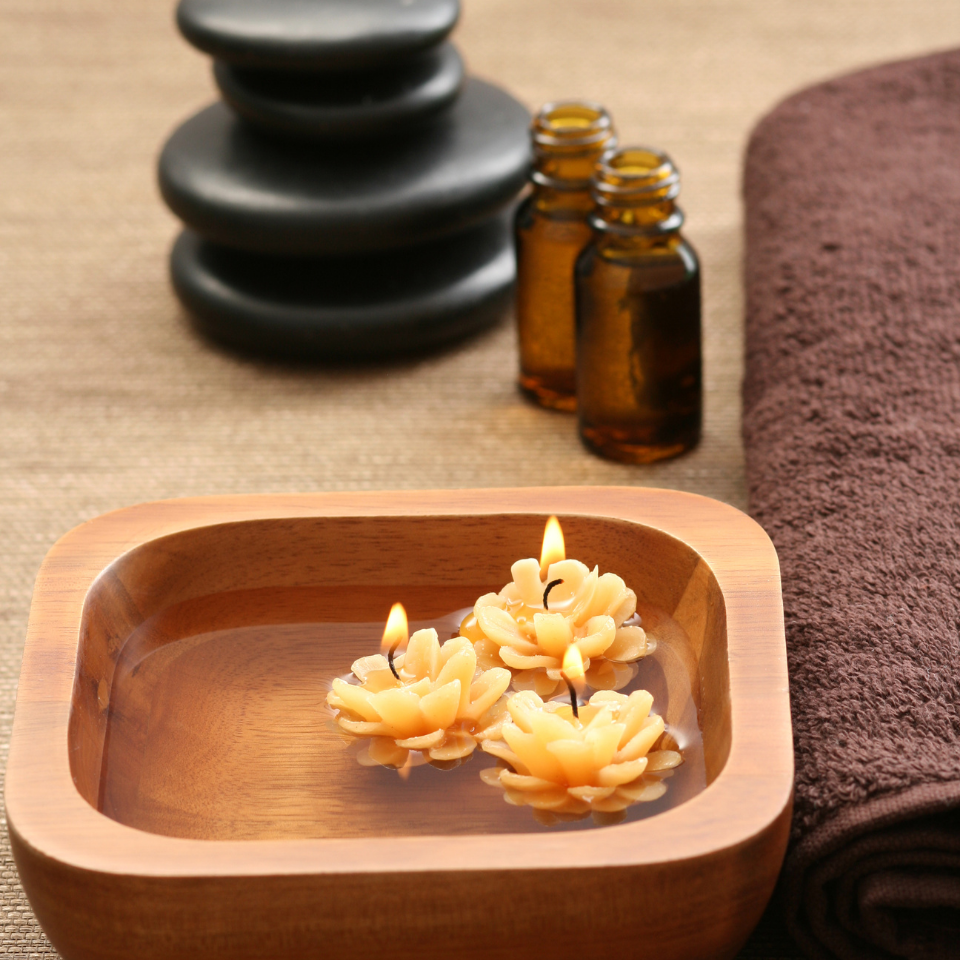
Cedar, sandalwood, vetiver, patchouli, pine, and cypress are the predominant woody scents in the natural world.
The scent under consideration originates from materials of a woody nature, encompassing trees, shrubs, and grasses.
- Sandalwood, is a classic oriental woody, milky, soft, rich & hardy. Notes of balsamic, sweet & florals are also noticeable.
- Cedar, is a soft woody note. It has balsamic undertones and smells like pencil shavings.
- Patchouli, is sweet and dark, with an earthy, woody, exotic bush and an excellent compilation for woody floral musks perfumes.
- Vetiver, is earthy, woody & green. It smells like a dry, earthy, leathery and smoky scent.
- Cypress, is a dry woody, earthy aromatic balsamy and a profile of pine needles, a little gourmand and raspberry.
- Fig tree, is a complex, green powdery and silky note, including stemone, coconut and woody notes.
- Oud Wood combines Agar Wood, White, Cambodian, Indian, Laotian, and Thailand Oud and has rich, musty woody-nutty scents.
What are examples of Woody Eau de Parfum:
- VETIVER PARADISE by Carolina Herrera is a WOODY, SPICY fragrance for women and men.
- ROSES MUSK by Montale is a FLORAL WOODY MUSK fragrance for women.
- NARCISO BLEU NOIR by Narciso Rodriguez is a WOODY, SPICY fragrance for men.
- OUD WOOD by Tom Ford is an ORIENTAL WOODY fragrance for women and men.
- SANDALWOOD Room & Linen Spritz is a FLORAL WOODY AQUATIC fragrance.
- Rain Forest Room & Linen Spritz is a SWEET CITRUS, FLOWERS, DAMP AIR & WOODY fragrance.
AROMATIC
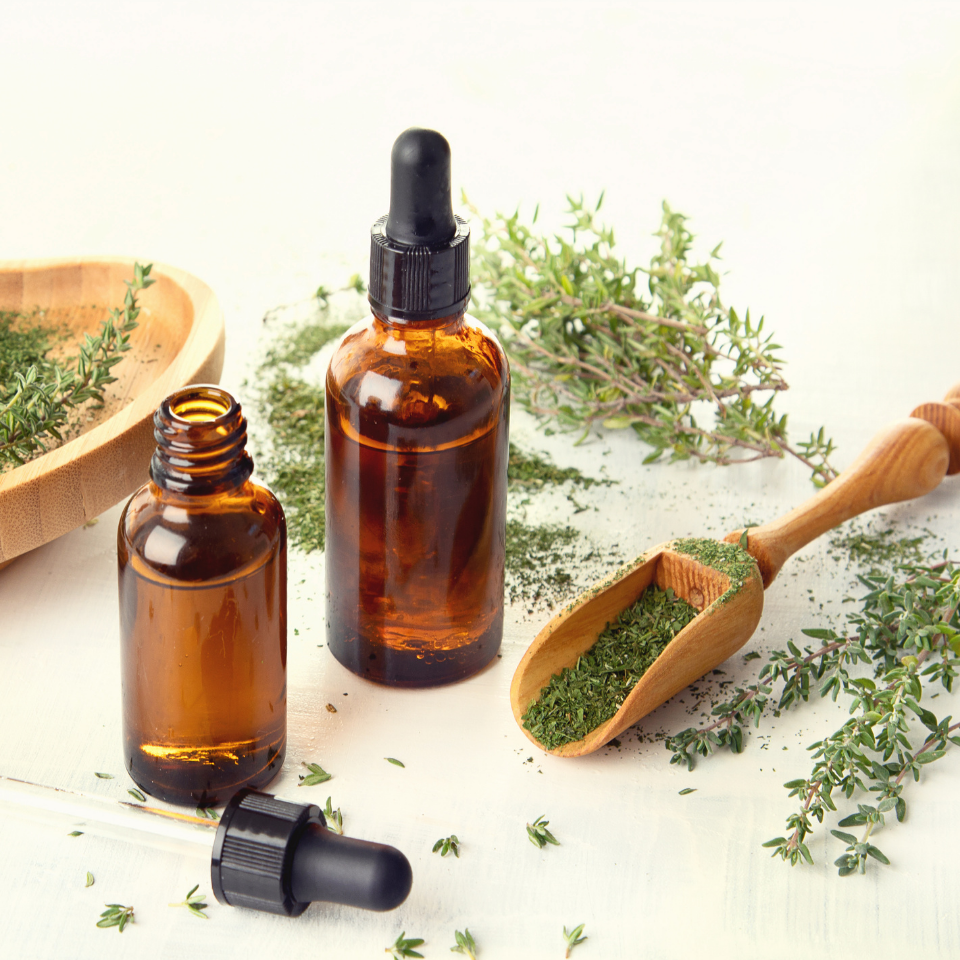
Aromatic notes such as rosemary, thyme, mint, tarragon, marjoram, fennel, basil, sage, anise, and other herbs like artemisia, calamus, and angelica are commonly used.
- Rosemary, is smells camphorous & minty.
- Thyme, is a strong, rich herbaceous scent.
- Mint, is fresh and green with peppery notes.
- Tarragon, smells herbaceous, sweet & mildly anisic.
- Basil, is a fresh aromatic herbal scent with hits of spicy.
- Anise, has a soft, sweet and mild profile yet is extremely powerful.
- Marjoram, is a spicy herbal dry aromatic note.
- Fennel, smells similar to aniseed and licorice.
- Artemisia, is a sharp, green bitterish, herbal and strong-smelling fragrance note.
- Calamus, is a warm spicy, woody note with hints of sweet undertones.
- Angelica, is a musky, woody, sweet rooty smell.
What are examples of Aromatic Eau de Parfum:
- CK ONE by Calvin Klein is a CITRUS AROMATIC fragrance for women and men.
- DRAKKAR NOIR by Guy Laroche is an AROMATIC FOUGERE fragrance for men.
- DKNY MEN by Donna Karan is a CITRUS AROMATIC fragrance for men.
- AQVA POUR HOMME by Bvlgari is an AROMATIC AQUATIC fragrance for men.
- LIGHT BLUE POUR HOMME by Dolce&Gabbana is a CITRUS AROMATIC fragrance for men.
- TSAR by Van Cleef & Arpels is a WOODY AROMATIC fragrance for men.
FOUGèRE
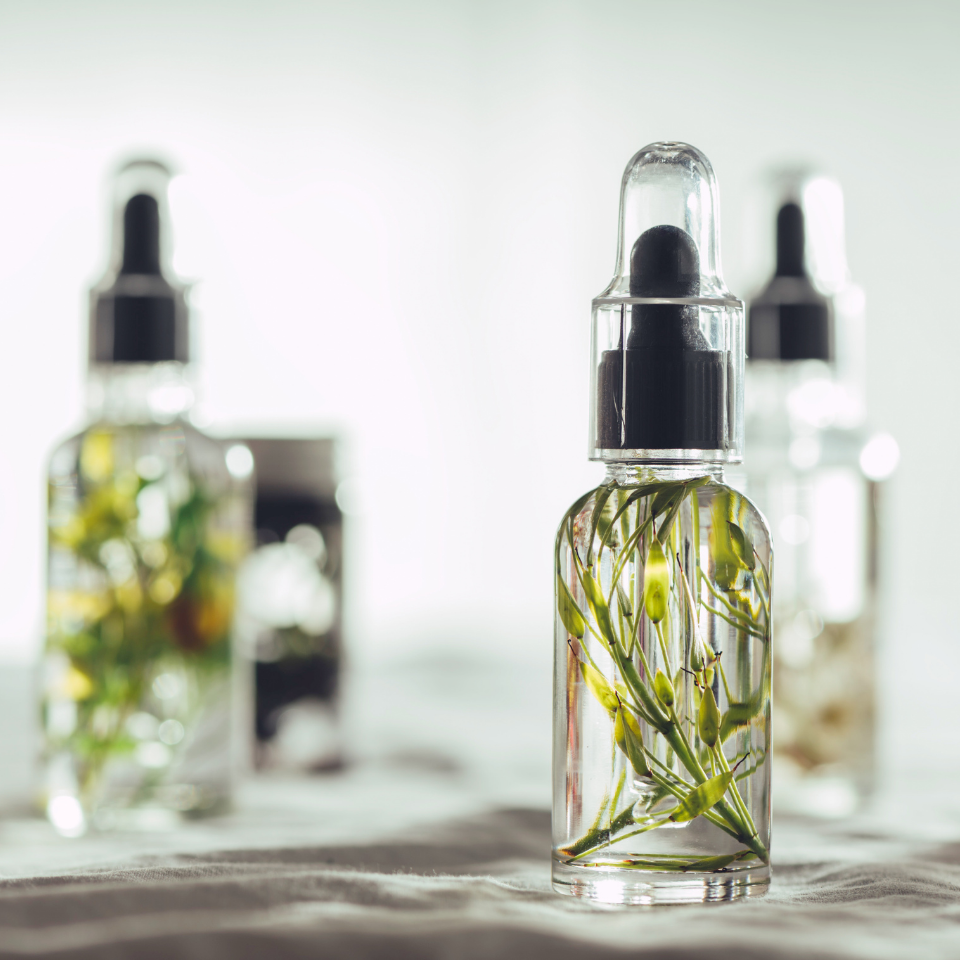
The word Fern is derived from the French word fougère, which translates to fern and originates from a traditional blend of lavender, oakmoss, coumarin and the fresh damp scent of a forest.
Bergamot, lavender, geranium, rose, vetiver, tonka bean, and moss come together to form a top note of a Fougère accord. The heart notes consist of rose, geranium rose, carnation, and orange. Finally, the base notes may include vetiver, tree moss, vanilla, amber and leather.
- Lavender, is an aromatic floral note with green, fresh spicy, licorice scent.
- Vetiver, is a scent of earthy, woody & green.
- Geranium, smells like a rosy subtle with green aromatic undertones.
What are examples of a Fougère Perfume:
- BOSS IN MOTION by Hugo Boss is an AMBER FOUGERE fragrance for men.
- SAUVAGE by Christian Dior is an AROMATIC FOUGERE fragrance for men.
- VERSACE POUR HOMME by Versace is an AROMATIC FOUGERE fragrance for men.
- EROS by Versace is an AROMATIC FOUGERE fragrance for men.
- EAU DE LACOSTE L.12.12 ENERGIZED by Lacoste Fragrances is an AROMATIC FOUGERE fragrance for men
- KOUROS by Yves Saint Laurent is an AROMATIC FOUGERE fragrance for men.
